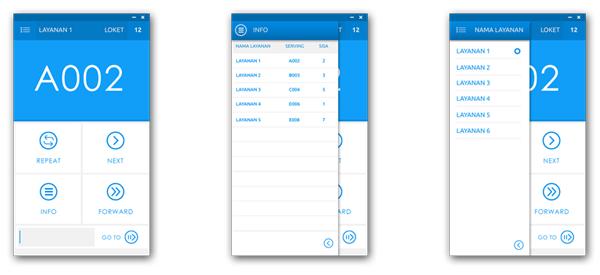New English File Elementary Test Booklet Testi S Otvetami
In this test booklet you’ll find: • an Entry test • a test for each File of New English File Elementary, in A and B versions • an End-of-coursetest, in A and B versions The Entr y test This is an optional test which covers some of the key Grammar and Vocabulary points from the first four lessons (1A, 1B, 1C, 1D) of New English File Elementary. You may want to give your students this test so that you can get an idea of their starting level – for example, are they complete beginners or do they have some knowledge of English already, and how much basic language do they know? If your students are at a very low level, look out for the Extra support ideas in the Teacher’s Book. If they are stronger, look out for the Extra challenge ideas.
Shiraz Thobani is a Research Associate at the Institute of Ismaili Studies, London. For this book is available from the British Library A full CIP record for this book is. The conquest of new regions shifted the horizon towards the Atlantic world. Attempt to test that hypothesis by examining how discourses about Islam are.
The A and B tests There are two versions (A and B) of each File test and of the End-of-coursetest (except the Speaking tests, which are designed for students to do in pairs). If your students don’t copy each other then you can just use the A tests. If your students do copy each other then put them in pairs, one with an A test and one with a B test – it’s almost impossible for them to copy each other’s answers.
(The A and B tests cover exactly the same material, but the questions have been changed and reorganized.) The skills tests include KET-typeexercises which reflect the format of the KET exam. Listening tests All the Listening tests re-uselistenings from the Student’s Book. Some students may remember the contexts of the listenings, but they are very unlikely to remember the detail, and the listening exercises are all KET-typetasks which are different from the tasks that students have already done. The Listening numbers 1.19 Answer key. Answer key The Answer key for the tests on page 71. There are separate keys for the A and of the tests. All the Tests consist of: • Grammar, Vocabulary, and Pronunciation 50 • Reading and Writing 25 • Listening and Speaking 25 • Total score 100 If you only do ‘Grammar, Vocabulary, and Pronunciation’, double your students’ mark to give a total score out of 100, e.g.
Grammar, Vocabulary, Pronunciation mark 38 50 Total score 76 100 If you do ‘Grammar, Vocabulary, and Pronunciation’ and ‘Reading and Writing’, but not ‘Listening and Speaking’, double your students’ ‘Reading and Writing’ mark to give a percentage, e.g. Grammar, Vocabulary, and Pronunciation mark 38 50 Reading, Writing mark 18/25 = 36 50 Total score 74 100 There are marking guidelines for Writing and Speaking on page 3. These tests may be photocopied freely for classroom use.
They may not be adapted, printed, or sold without the permission of Oxford University Press. WR ITI N G 10 MAR KS Task completion The task is fully completed and the answer easy to understand. 4 marks Grammar The student uses appropriate structures to achieve the task. Minor errors do not obscure the meaning. 3 marks Voc abular y The student uses a sufficient range of words and phrases to communicate the message clearly. 
3 marks S P EAKI N G 15 MAR KS Interactive communic ation The student communicates effectively with his / her partner, asking and answering simple questions, and where necessary initiating conversation, and responding. The student uses appropriate strategies to complete the task successfully. Native instruments battery 3 serial code number. 5 marks Grammar and Voc abular y The student uses a sufficient range of vocabulary and structure to communicate clearly. Minor occasional errors do not impede communication.
5 marks Pronunciation The student’s intonation, stress, and articulation of sounds make the message clear and comprehensible. G R A M M A R The verb b e Tick ( ) the correct sentence A, B, or C. Example: A He British. ■ B He are British. ■ C He’s British. ■ 1 A I a student. ■ B I’m a student.
■ C I be a student. ■ 2 A What your name?
■ B What are your name? ■ C What’s your name? ■ 3 A Are they American? ■ B They are American? ■ C Is they American? ■ 4 A She not a student. ■ B She isn’t a student.